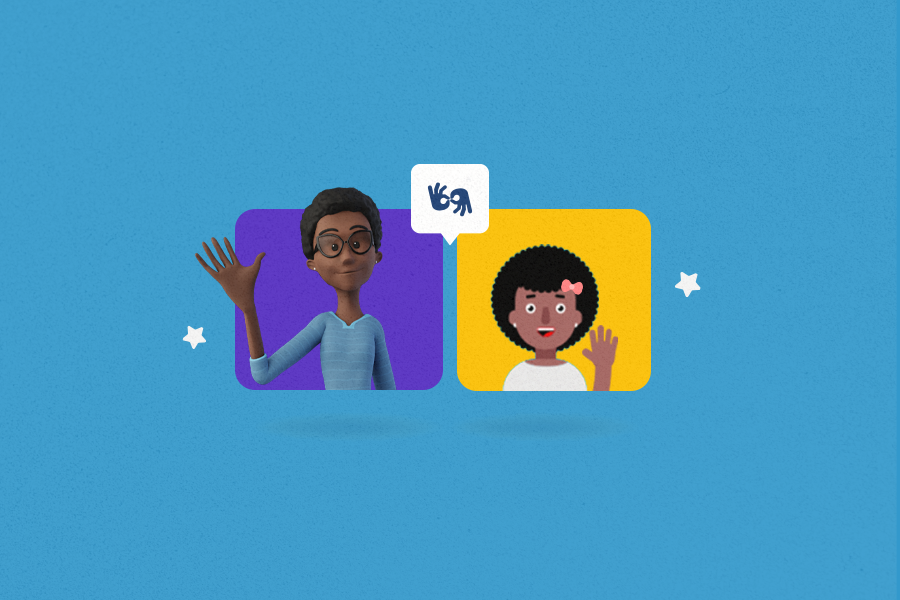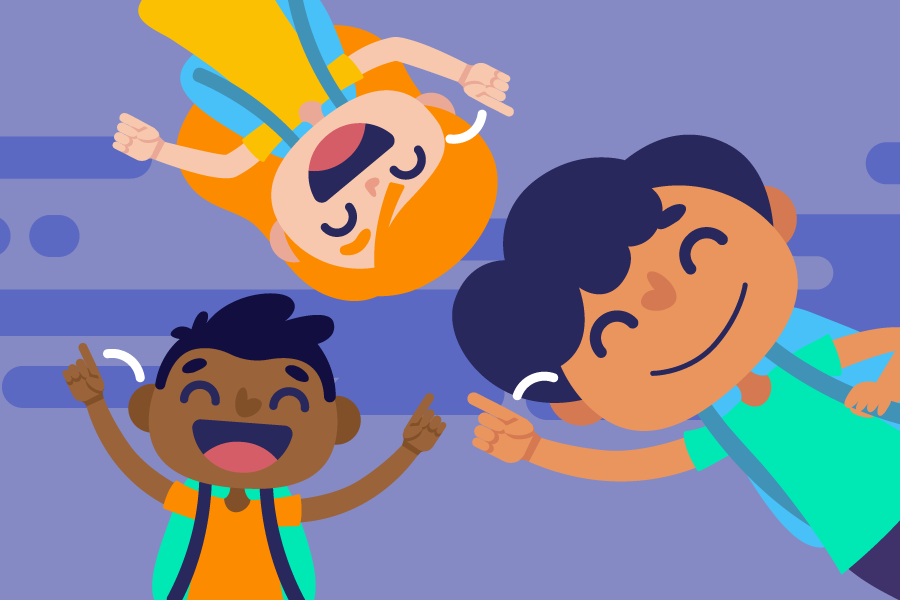
The Benefits of Sign Language for Children with Hearing Loss

Communicating in Sign Language has multiple benefits for the deaf and hard of hearing people. Besides the fact that it allows them to communicate comfortably, there are also some social and cognitive benefits, especially for children and their development. If you want to know more about them and how to start learning Sign Language, you are in the right place!
The Effects of Sign Language on Spoken Language Acquisition in Children with Hearing Loss
Sign language is a visual language that utilizes hand gestures, facial expressions, and body movements to communicate. There are many sign languages used around the world, with the most well-known being American Sign Language (ASL) and British Sign Language (BSL). Sign language has been shown to have numerous benefits for individuals who are deaf or hard of hearing, including enhanced cognitive development, improved social skills, and increased access to information and communication.
One of the key areas where sign language has been shown to have an impact is in the acquisition of spoken language by children with hearing loss. Children who are born deaf or hard of hearing are often unable to access spoken language in the same way that their hearing peers do, as they are unable to hear the sounds of speech. This can make it difficult for them to develop the necessary language skills to communicate effectively with others.
Positive Effect of Sign Language on the Acquisition of Spoken Language
However, research has shown that the use of sign language can have a positive effect on the acquisition of spoken language in children with hearing loss. The use of sign language provides a visual mode of communication that can help children with hearing loss to understand the meaning of words and phrases, even if they cannot hear the sounds. This visual mode of communication can also help children to develop their speech production skills, as they can see the movements of the mouth and face that are associated with speech.
One of the key reasons why sign language can be so beneficial for children with hearing loss is that it provides them with a way to communicate from an early age. This can be crucial for their language development, as early exposure to language has been shown to have a positive impact on later language skills. When children with hearing loss are able to use sign language from a young age, they are able to start building their language skills and establishing a foundation for future language development.
Social Activities and Form Relationships With Peers
In addition, sign language can also provide children with hearing loss with a way to participate in social interactions. Children who are unable to hear spoken language may struggle to engage in social activities and form relationships with their peers. However, the use of sign language can help to bridge this gap, as it allows children to communicate with others and participate in social interactions. This can be especially important for the development of social skills, as social interactions play a crucial role in the development of language skills.
Another benefit of sign language is that it can help to improve cognitive development in children with hearing loss. The use of sign language requires the use of multiple senses, including vision, touch, and proprioception, which can help to stimulate cognitive development. The visual nature of sign language can also help to improve memory, as children are able to associate signs with specific meanings. This can be particularly important for children with hearing loss, as they may have difficulty retaining information that is communicated through speech alone.
Increased Access to Information and Communication
Finally, sign language can also provide children with hearing loss with increased access to information and communication. Children who are unable to hear spoken language may struggle to understand what is being said in class, at home, or in other environments. The use of sign language can help to bridge this gap, as it provides a visual mode of communication that can be used in a variety of settings. This can help to ensure that children with hearing loss are able to access information and communicate effectively with others, regardless of their hearing abilities.
How can I learn Sign Language?
A lot of people still think that learning Sign Language is hard and takes too long, but this is not true! There are some easy ways to start it!
First, there are some apps, like the Hand Talk App, that might be useful to teach some signs or phrases, and also works as a pocket translator.
The Hand Talk App is a solution that uses artificial intelligence to identify the words in English and translates to American Sign Language, as well as from Portuguese to Brazilian Sign Language. With the help of the friendly virtual translators Hugo and Maya, the app is already teaching Sign Language to millions of people and facilitating the communication between deaf and hearing people! It is very playful and interesting for the kids. You can download it for free and start practicing right now!
Another way is to take online lessons, or even follow content producers on social media that are giving some tips. Joining a Sign Language group and surrounding yourself with the deaf culture is also important for the journey and can speed up the learning process.
Conclusion
In conclusion, sign language can have a significant impact on the acquisition of spoken language in children with hearing loss. The use of sign language provides children with a visual mode of communication that can help to enhance their language skills, improve their social skills, and increase their access to information and communication. By providing children with hearing loss with a way to communicate and participate in social interactions, sign language can play a crucial role in their overall development and success.
About the Author: Rachel R. Hill
A determined researcher and a skilled creative writer Rachel has found enormous pleasure in sharing her talents and expertise with other people. The position she holds as an assistant to the department lets her stay close to students and always be available to help or listen. Today, Rachel is an assignment writer for Study Crumb, willing to expand her reach and offer tips to a larger public on the internet.


